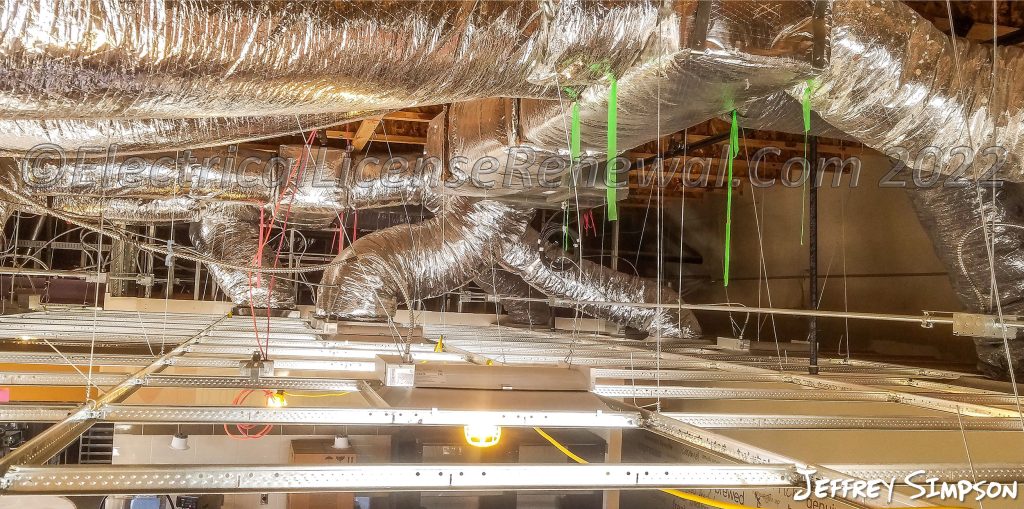Are you aware of the concealed areas above your ceiling? Delve into the significance of “Above Ceiling Inspection” to ensure a secure and well-maintained environment.

Above Ceiling Inspection: Revealing the Unseen
Exploring the often-overlooked realm above your ceiling can unveil potential issues and pave the way for a safer environment. This guide on “Above Ceiling Inspection” sheds light on the importance of proactive inspection for optimal safety and maintenance.
Understanding the Purpose of Above Ceiling Spaces
Concealed Systems and Infrastructure
Above ceiling spaces house critical building systems such as HVAC, electrical wiring, plumbing, and more. Regular inspection is crucial to identify potential issues and ensure the efficient functioning of these systems.
Fire Safety Considerations
In commercial and industrial settings, above ceiling spaces play a vital role in fire safety. Inspection helps assess the condition of fire-rated materials, sprinkler systems, and other components to maintain compliance with safety standards.
The Process of Above Ceiling Inspection
Identifying Access Points
Before conducting an inspection, identify accessible entry points to above ceiling spaces. These may include removable ceiling tiles, access panels, or designated entryways specifically designed for maintenance personnel.
Safety Precautions
Prioritize safety during above ceiling inspections. Ensure the use of appropriate personal protective equipment (PPE) and adhere to safety guidelines. If unsure, consult with a safety professional to establish best practices.
Common Components to Inspect Above the Ceiling
Ductwork and Ventilation Systems
Examine the condition of ductwork and ventilation systems. Look for signs of damage, corrosion, or leaks, as these issues can impact indoor air quality and system efficiency.
Electrical Wiring and Components
Inspect electrical wiring and components for wear, damage, or potential fire hazards. Identify any exposed or improperly secured wiring that may pose a safety risk.
Benefits of Regular Above Ceiling Inspection
Early Detection of Issues
Proactive inspection allows for the early detection of issues such as leaks, equipment malfunctions, or structural concerns. Addressing these problems promptly can prevent extensive damage and costly repairs.
Enhanced Fire Safety
Regular inspections contribute to enhanced fire safety by ensuring that fire-rated materials, sprinkler systems, and other fire suppression components are in optimal condition and compliant with regulations.
Read too: Understanding and Addressing a Troublesome Water Pocket in Ceiling: Navigating the Dangers
Professional Above Ceiling Inspection Services
Engaging Certified Inspectors
Consider engaging certified inspectors or building maintenance professionals for comprehensive above ceiling inspections. Their expertise ensures a thorough assessment of critical systems and adherence to safety standards.
Utilizing Technology for Efficiency
Explore the use of technology, such as drones or remote cameras, for above ceiling inspections in large or challenging spaces. This approach can enhance efficiency and provide detailed visual assessments.
Conclusion: Securing Spaces Above and Beyond
Incorporating regular “Above Ceiling Inspection” into your maintenance routine is a proactive measure that contributes to the overall safety and functionality of your built environment. Whether in a commercial, industrial, or residential setting, unveiling the unseen above ceiling spaces ensures a secure and well-maintained atmosphere. Prioritize inspections, embrace safety protocols, and navigate the uncharted territories above your ceiling for a safer and more resilient built environment.